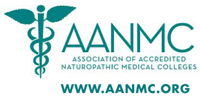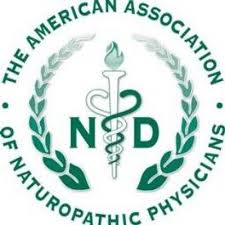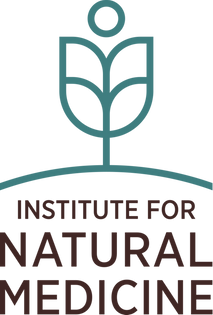Introduction
For over 100 years, the naturopathic profession has been helping people find health and well-being through a combination of ancient healing wisdom and modern medical science. Practitioners are required to graduate from an accredited four-year residential naturopathic medical school and pass an extensive postdoctoral national board examinations administered by the North American Board of Naturopathic Examiners in order to receive a license.
During the four years of training, students are exposed to the same basics of medical education as MD medical students. This includes courses in:
Anatomy (including cadaver lab)
Physiology
Biochemistry
Histology
Microbiology
Immunology
Pathology
Clinical & Physical Diagnosis
Laboratory Evaluation
Pharmacology
Clinical Case Management
During this time, students are also exposed to the natural aspects of Naturopathic Medicine, including:
Naturopathic Philosophy
Botanical Medicine
Nutritional Therapy
Hydrotherapy
Homeopathy
Physiotherapy
Naturopathic Physical Manipulative Therapy
Lifestyle Counseling
Mind-Body Skills
In addition, in order to receive a Doctorate of Naturopathic Medicine degree, students must also complete 1400 hours of supervised clinical education, including 600 hours of direct patient care.



